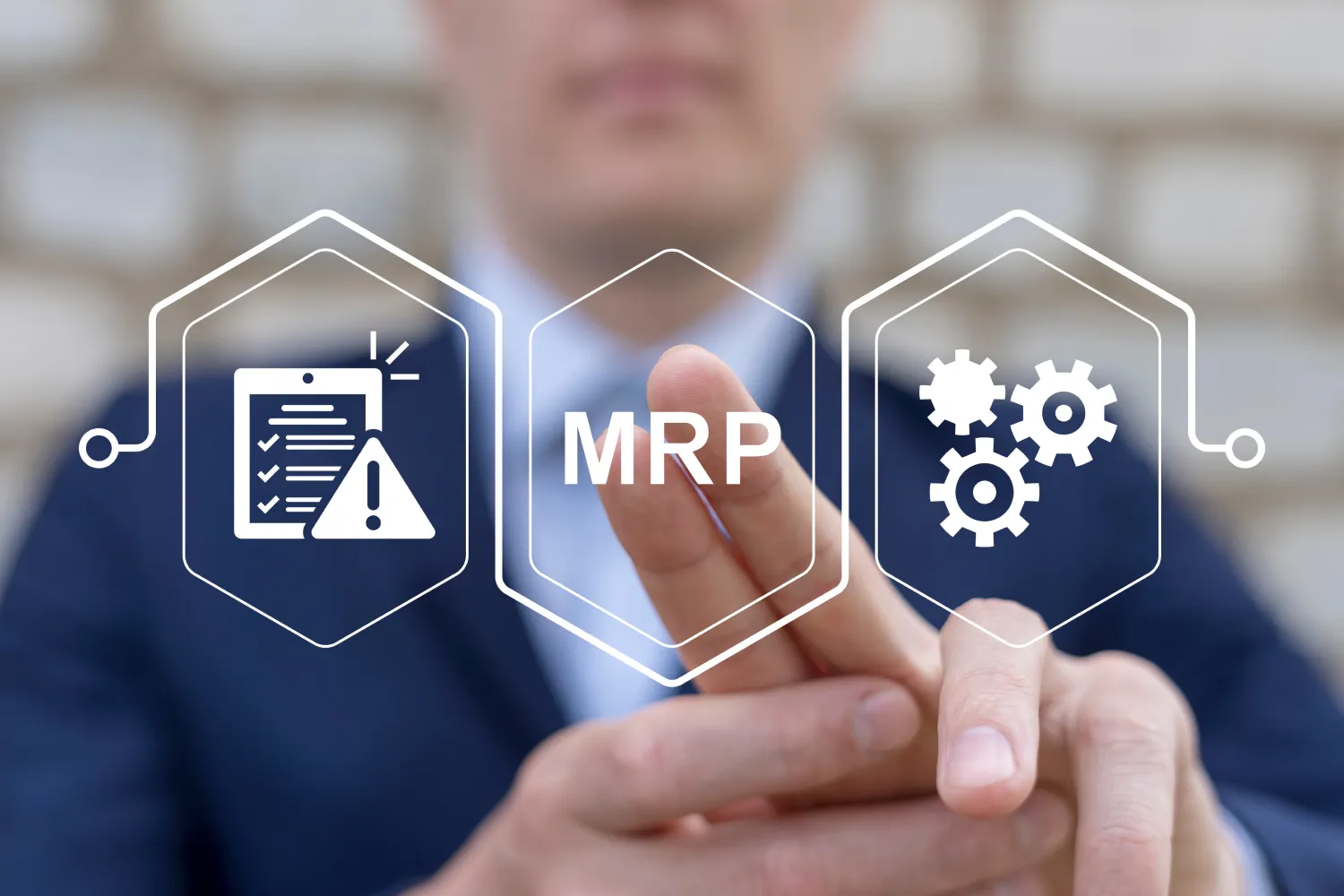The Fourth Industrial Revolution, commonly referred to as Industry 4.0, has brought sweeping changes to manufacturing and supply chain management. One area experiencing a massive transformation is Material Requirements Planning (MRP)—a foundational system for production scheduling and inventory control.
In this article, we’ll explore how MRP is evolving in the age of Industry 4.0, answering some of the most frequently searched questions and providing valuable insights for businesses aiming to stay competitive.
What Is MRP, and Why Is It Important?
MRP, or Material Requirements Planning, is a system designed to ensure that the right materials are available at the right time and place to meet production demands. It integrates inventory control, production scheduling, and procurement planning.
Key Functions of MRP:
1. Inventory Management: Ensures optimal inventory levels to prevent overstocking or shortages.
2. Production Scheduling: Coordinates manufacturing activities based on demand forecasts.
3. Procurement Planning: Aligns material orders with production timelines.
MRP systems form the backbone of manufacturing operations, helping businesses reduce waste, control costs, and meet delivery deadlines.
How Is Industry 4.0 Transforming MRP?
The integration of smart technologies like the Internet of Things (IoT), artificial intelligence (AI), and cloud computing is revolutionizing traditional MRP systems, enabling them to become more adaptive, automated, and data-driven.
Key Transformations in MRP Systems:
1. Real-Time Data Integration:
IoT sensors and connected devices provide real-time updates on inventory levels, equipment status, and production progress.
2. Predictive Analytics:
AI-powered MRP systems can analyze historical data to predict demand, identify potential bottlenecks, and suggest improvements.
3. Cloud-Based Platforms:
Cloud computing allows businesses to access MRP systems anytime, anywhere, enabling global collaboration and scalability.
4. Advanced Automation:
Robotics and machine learning automate repetitive tasks like procurement orders, freeing up human resources for strategic activities.
What Are the Benefits of Industry 4.0 MRP Systems?
The adoption of Industry 4.0 technologies in MRP offers several advantages:
1. Increased Efficiency:
Automation reduces manual errors, speeds up production, and optimizes resource utilization.
2. Better Decision-Making:
Real-time insights and predictive analytics allow businesses to make informed, proactive decisions.
3. Enhanced Flexibility:
Modern MRP systems adapt to changes in demand or supply chain disruptions more effectively.
4. Cost Saving:
By reducing waste and improving accuracy, businesses save on inventory, production, and operational costs.
5. Improved Customer Satisfaction:
Faster delivery times and fewer production delays lead to happier customers and stronger relationships.
What Are the Key Features of a Modern MRP System?
If you're considering upgrading to an Industry 4.0-ready MRP system, look for the following features:
1. Real-Time Monitoring:
Track production, inventory, and supply chain activities in real time.
2. AI and Machine Learning Integration:
Leverage AI to automate demand forecasting and resource allocation.
3. IoT Connectivity:
Integrate IoT devices for real-time equipment and inventory tracking.
4. Cloud Accessibility:
Ensure the system is accessible via cloud platforms for scalability and remote collaboration.
5. Data-Driven Insights:
Use predictive analytics to identify trends and optimize operations.
6. User-Friendly Interfaces:
Ensure the system is easy to navigate, minimizing the learning curve for employees.
How Can Businesses Implement Industry 4.0 MRP Systems?
To successfully transition to an Industry 4.0 MRP system, follow these steps:
1. Evaluate Current Systems:
Assess your existing MRP setup to identify gaps and areas for improvement.
2. Set Clear Goals:
Define what you aim to achieve, such as reduced lead times or improved inventory accuracy.
3. Choose the Right Technology:
Select an MRP system with features aligned to your goals, such as AI integration or IoT connectivity.
4. Train Your Team:
Invest in training programs to help employees adapt to new technologies.
5. Monitor and Optimize:
Continuously track performance metrics and refine processes for ongoing improvements.
What Are Real-World Examples of MRP in Industry 4.0?
1. Automotive Manufacturing:
Automakers use IoT-enabled MRP systems to monitor assembly lines, predict equipment failures, and automate supply chain processes.
2. Food and Beverage Industry:
Smart MRP systems help food producers track expiration dates, manage inventory, and optimize production schedules.
3. Electronics Manufacturing:
Companies use cloud-based MRP systems to manage complex supply chains and adapt to changing demand quickly.
What Does the Future of MRP Look Like in Industry 4.0?
As Industry 4.0 continues to evolve, MRP systems will become even more sophisticated. Key trends include:
- Hyper-Personalization: Tailoring production processes to individual customer preferences.
- Autonomous Systems: Fully automated factories with minimal human intervention.
- Blockchain Integration: Enhancing transparency and security in supply chains.
- Edge Computing: Reducing latency in data processing for faster decision-making.
The future of MRP is bright, with limitless potential to transform manufacturing and supply chain operations.

